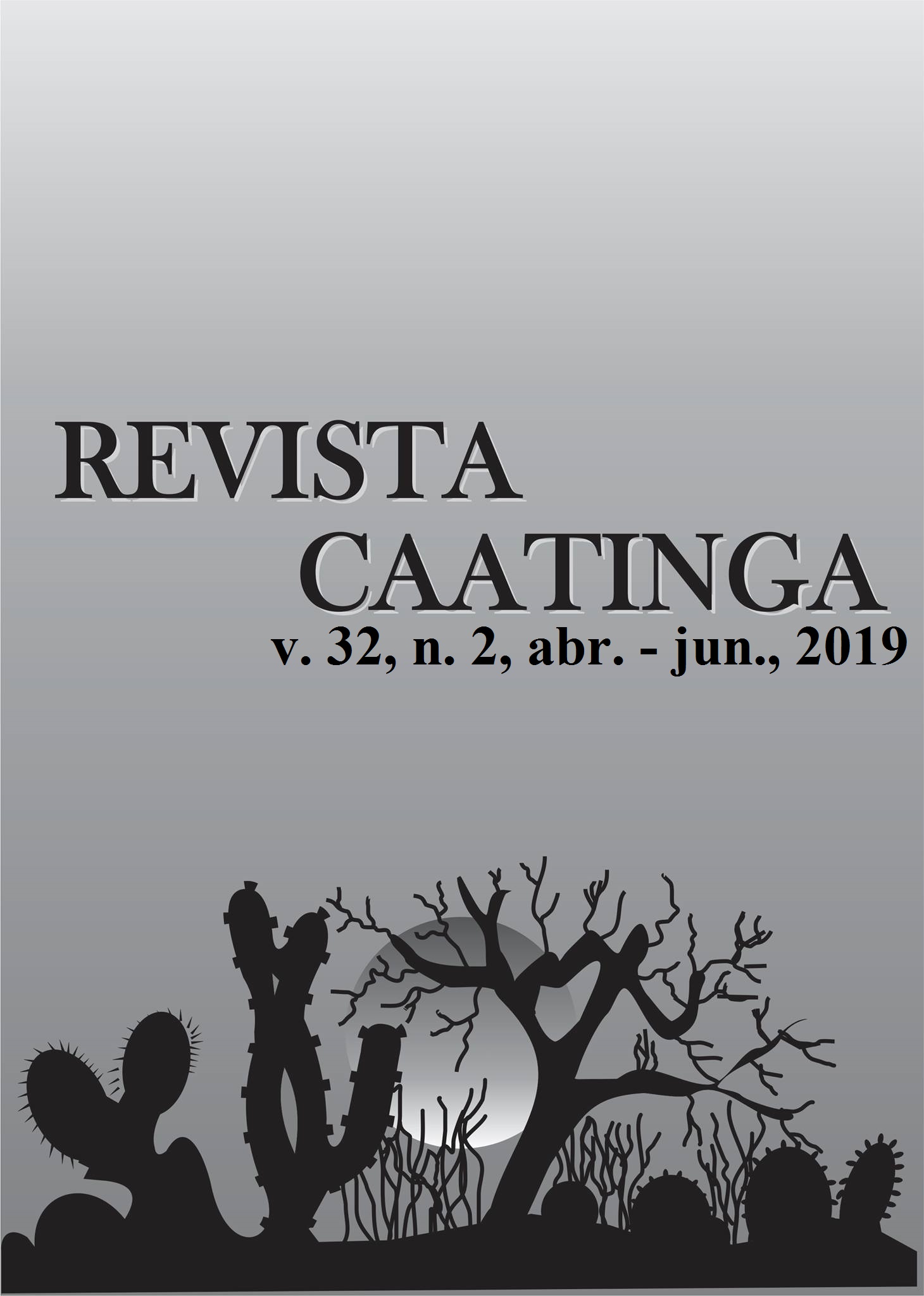SELECTION OF PEPPER ACCESSIONS WITH ORNAMENTAL POTENTIAL
DOI:
https://doi.org/10.1590/1983-21252019v32n230rcKeywords:
Colors. Morphological descriptors. Fruits. Germplasm.Abstract
Ornamental plants are all plants grown for their beauty, and are commonly used in gardening and landscaping. The colorful fruits and varied foliage colors that typify ornamental peppers provide a vibrant garden display that rivals other ornamental plants. This study aimed to evaluate the potential ornamental use of eight pepper accessions, Capsicum annuum, from the Capsicum Germplasm Bank of the Universidade Federal do Piauí, using qualitative and quantitative descriptors. The experiment was carried out in a greenhouse at the Department of Plant Science, Centre of Agricultural Sciences of Universidade Federal do Piauí, where the accessions were evaluated through a completely randomized design, with eight replicates, one plant per plot, and characterized based on 35 descriptors, 23 of which were qualitative and 12 quantitative. Data on quantitative descriptors were submitted to univariate analysis of variance, followed by Scott–Knott clustering test at 5% probability. Data on qualitative multicategorical descriptors were considered based on observations of statistical mode. The eight accessions evaluated have ornamental potential and are within the standards established by the Instituto Brasileiro de Floricultura. The accessions BAGC 98, 100, 203, 207, 224, and 236 accessions are suitable for cultivation in pots, while BAGC 220 is suitable for garden cultivation. BAGC 199 is the most promising accession because it supports all quality criteria required for size, foliage, flowers, and fruit proposed by the Veiling Holambra Cooperative.
Downloads
Downloads
Published
Issue
Section
License
Os Autores que publicam na Revista Caatinga concordam com os seguintes termos:
a) Os Autores mantêm os direitos autorais e concedem à revista o direito de primeira publicação, com o trabalho simultaneamente licenciado sob a Licença Creative Commons do tipo atribuição CC-BY, para todo o conteúdo do periódico, exceto onde estiver identificado, que permite o compartilhamento do trabalho com reconhecimento da autoria e publicação inicial nesta revista, sem fins comerciais.
b) Os Autores têm autorização para distribuição não-exclusiva da versão do trabalho publicada nesta revista (ex.: publicar em repositório institucional ou como capítulo de livro), com reconhecimento de autoria e publicação inicial nesta revista.
c) Os Autores têm permissão e são estimulados a publicar e distribuir seu trabalho online (ex.: em repositórios institucionais ou na sua página pessoal) a qualquer ponto antes ou durante o processo editorial, já que isso pode gerar alterações produtivas, bem como aumentar o impacto e a citação do trabalho publicado (Veja O Efeito do Acesso Livre).







